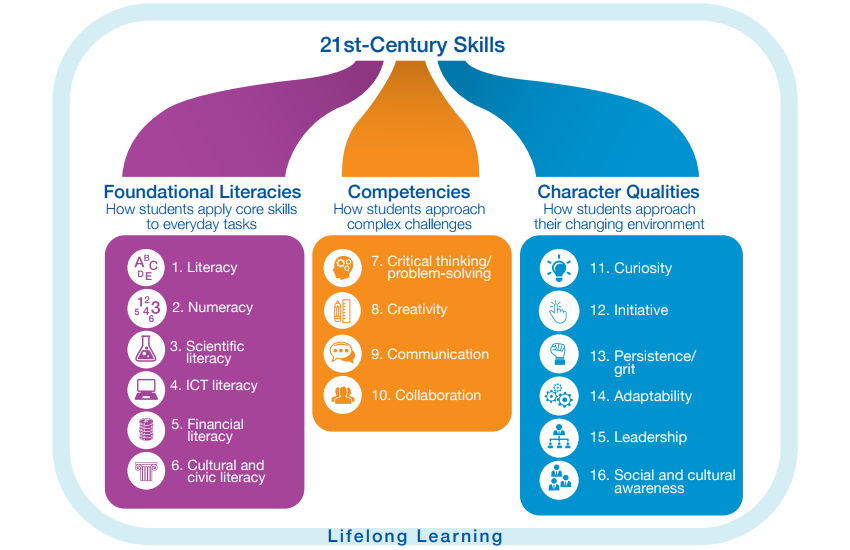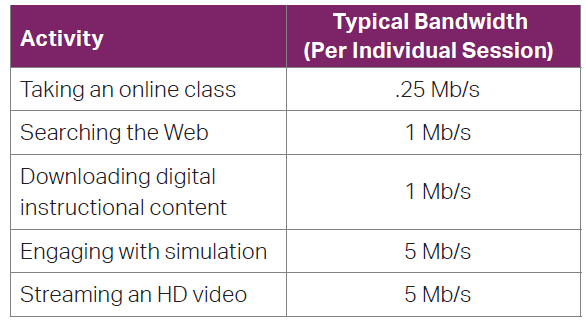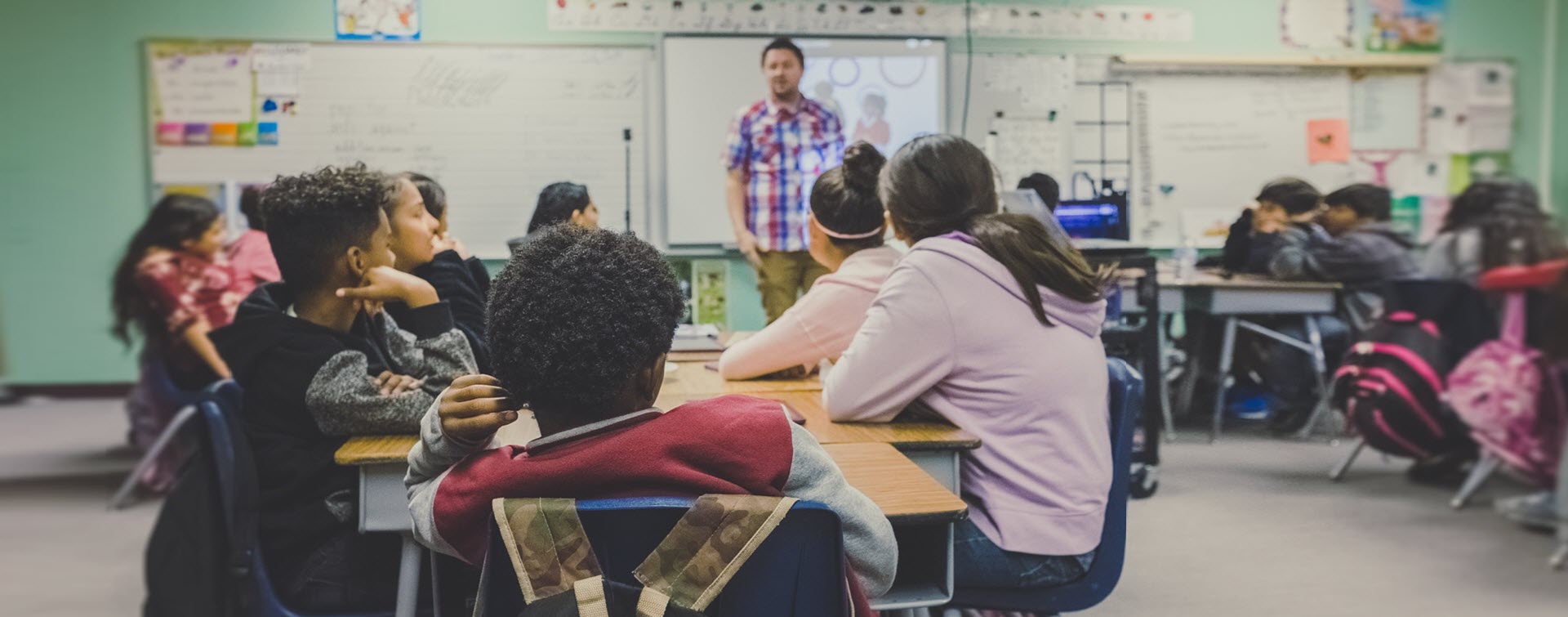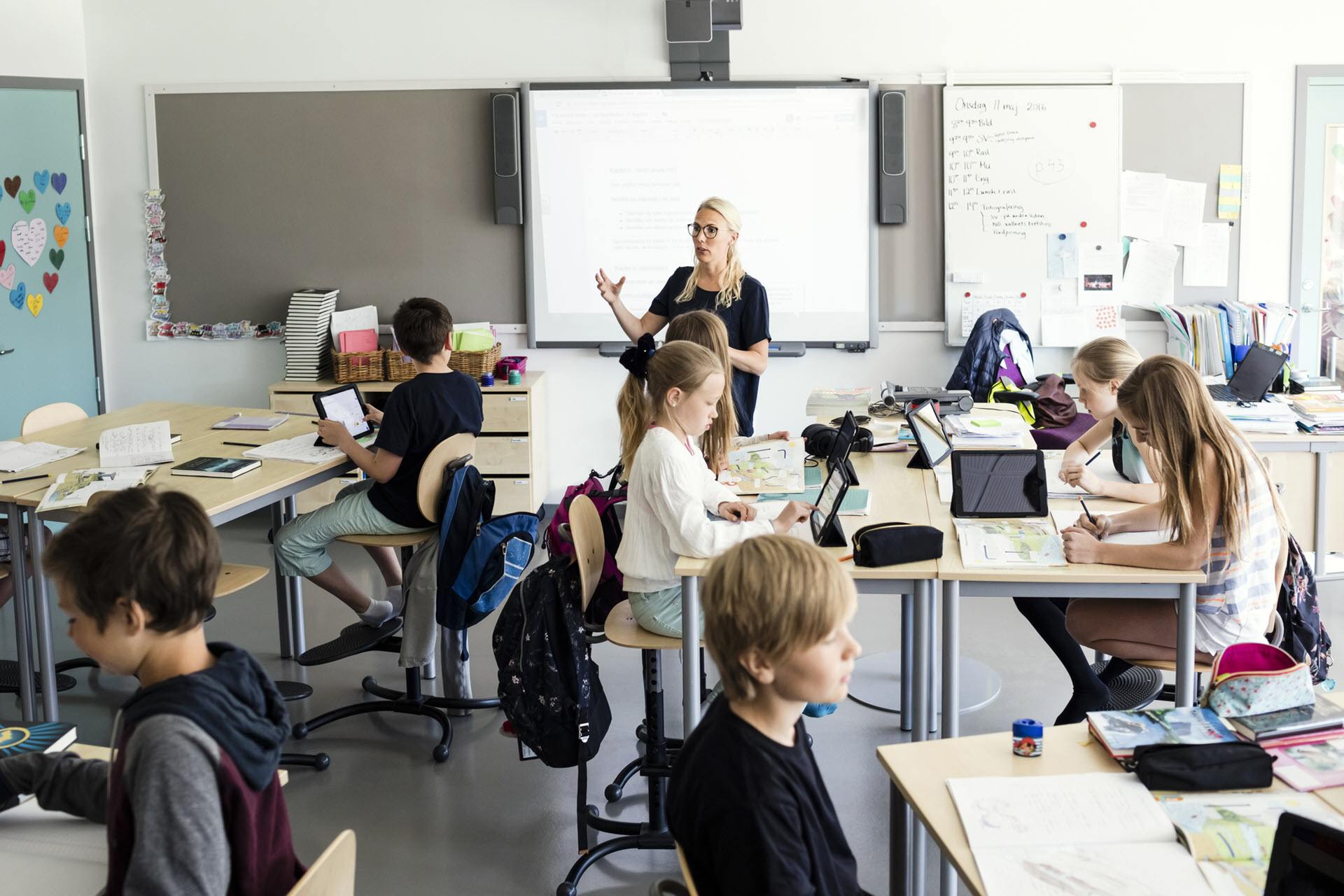4 EdTech Mega-Trends Driving Change in the Classroom
It’s the waning days of August, and many K-12 students, parents and teachers are preparing for the start of the 2017-2018 school year. The other day my wife and I attended a “meet the teacher day” for my daughter’s fourth grade class. I was totally blown away by the array of education technology that these elementary students will use on a daily basis. From streaming video and augmented reality, to interactive online textbooks and a new “assignment reminder” app, it made me wonder just how pervasive digital EdTech will become over the next several years, and how it will impact student performance.
My interest stemmed from two key perspectives, one personal, one professional.
From the personal side, I wanted to understand some of the short-term and long-term evolutions of the K-12 learning experience, whether they will adequately provide my daughter the skill sets that will be required by employers in 2025. Also, on the heels of a humbling experience last year with 3rd grade algebra, I wanted to know much time I’m going to have to invest to come up to speed on the tech-heavy curricula if I am to have a hope in helping her with homework. From a professional perspective, I was interested in whether K-12 network infrastructure is keeping up with the fast pace of evolution in EdTech.
What I found after several hours of research and talking with K-12 educators, technologists and consultants, was both heartening and disconcerting. I was heartened to see that around the world, K-12 districts are seeing positive results from the proper integration of digital curricula and EdTech; and they are tightly linking digital learning environments to forecasted skill sets of the future.
However, my research was also disconcerting from the standpoint of how districts will be able to fund the huge increase in bandwidth capacity required to support the short, medium and long-term evolutions in education. One district CIO related how his district’s bandwidth requirements quadrupled as he began distributing Chromebooks just to begin getting closer to a 1:1 device to student ratio.
From my research, I’ve identified four trends that are changing the way students learn and engage, while also changing the game for how school broadband networks must keep up:
Greater Emphasis on Collaboration
In many countries throughout the world, K-12 districts are shifting away from theory-based approaches in favor of approaches that emphasize real-world experiences to better prepare students for the workforce. These strategies often involve projects in which students collaborate online with peers in different countries to solve a local or global challenge.
Traditionally collaboration has involved video and online sharing tools. Researchers in Japan are taking the idea a few steps further by experimenting with collaboration in virtual worlds as a medium for solving project-based tasks.
The collaborative learning approach is quickly gaining acceptance in classrooms around the world, based upon its success rate in improving student engagement and achievement across the spectrum of student populations. Often that success is closely linked with the right EdTech, which, per the World Economic Forum, “expands the reach of cooperative learning strategies by furthering the communication and collaboration competencies that affect how students approach complex challenges”.
The link between EdTech and cooperative learning was also demonstrated in a 2016 study of 400 educators by SMART Technologies. The study showed that student success is 3.4 times more likely to occur when collaborative learning practices and technology are used frequently together in the classroom.

The World Economic Forum's list of 16 key skills needed to thrive in today’s innovation-driven economy.
Deeper Learning Through Technology
The concept of “deeper learning” has many meanings. In K-12 it refers to the use of EdTech to shift from passive to active learning, and to challenge students to develop ideas by themselves from information they obtain from multiple sources. This puts more control in the hands of the student, and allows them to experiment with a variety of platforms and tools depending on the scope of the project.
For example, educators have found that popular social media platforms can allow students to connect with peers in other countries to exchange perspectives on current issues. Content creation tools enable students to create, edit and present video content to the world and incorporate responses into their project.
Districts are finding that the right technology paired with a deeper learning approach to teaching can boost the quality, breadth and reach of student work. Research by the Education Policy Center found that schools incorporating deeper learning concepts produced better academic results, stronger interpersonal and intrapersonal skills, higher on-time graduation rates and higher enrollment in four-year colleges.
Schools incorporating deeper learning concepts produced better academic results, stronger interpersonal and intrapersonal skills, higher on-time graduation rates and higher enrollment in four-year colleges.
Integrating Coding Early
As coding has been found to strengthen problem-solving and logical thinking skills, more K-12 districts are introducing coding both inside and outside the classroom. This new interest in coding stems from studies that link economic growth to programming and the development of new technologies.
In addition, organizations like the European Commission have determined that the ability to code helps spur the acquisition of in-demand 21st century skills such as creativity and computational thinking. This has led many countries, including the UK, Estonia, Finland, Australia and Tasmania to enshrine coding within the national K-12 curricula.
Learners as Creators
Another shift occurring in many districts throughout the world is encouraging students to learn by creating educational content rather than passively consuming it. Many educators believe that by nurturing creative skills, students can better achieve mastery on subjects through investigation, storytelling, and production.
Access to internet-enabled technologies allows students to create videos, games, and other media products and share them with peers around the world. This shift is also driving changes in how mastery is assessed, leveraging built-in analytics and adaptive learning platforms personalize the learning experience to the individual student.
But Is Bandwidth Keeping Up?
 This is the more difficult question to answer, as each district’s situation is unique. For example, one CIO I spoke with recently deployed a brand new fiber network that provides multi-Gigabit connectivity to each school. His challenge is that he cannot afford to provide each student with a device, and the majority are not able to purchase for themselves. They also lack broadband access at home, which given the digital-rich curricula, just exacerbates the “homework gap”. Other districts have achieved a 1:1 ratio, but now find that they lack the bandwidth capacity to enable access to the online content.
This is the more difficult question to answer, as each district’s situation is unique. For example, one CIO I spoke with recently deployed a brand new fiber network that provides multi-Gigabit connectivity to each school. His challenge is that he cannot afford to provide each student with a device, and the majority are not able to purchase for themselves. They also lack broadband access at home, which given the digital-rich curricula, just exacerbates the “homework gap”. Other districts have achieved a 1:1 ratio, but now find that they lack the bandwidth capacity to enable access to the online content.
In the NMC/CoSN 2016 K-12 Horizon report, a body of 59 educators from around the world agreed that despite the ever-increasing amount of learning materials and resources available online, access to high-speed broadband at school and at home remains a major problem. They expressed concern that the lack of access to broadband will result in a greater rift between the have’s and have not’s.
So what are school districts to do to ensure they can support the influx of devices and new learning applications that have been proven to increase learning, engagement, and ultimately student success? That very topic was discussed on a recent webinar Getting Your Network Infrastructure “Back to School” Ready. I moderated this session, which featured four expert panelists driving the EdTech revolution in today’s classrooms.










